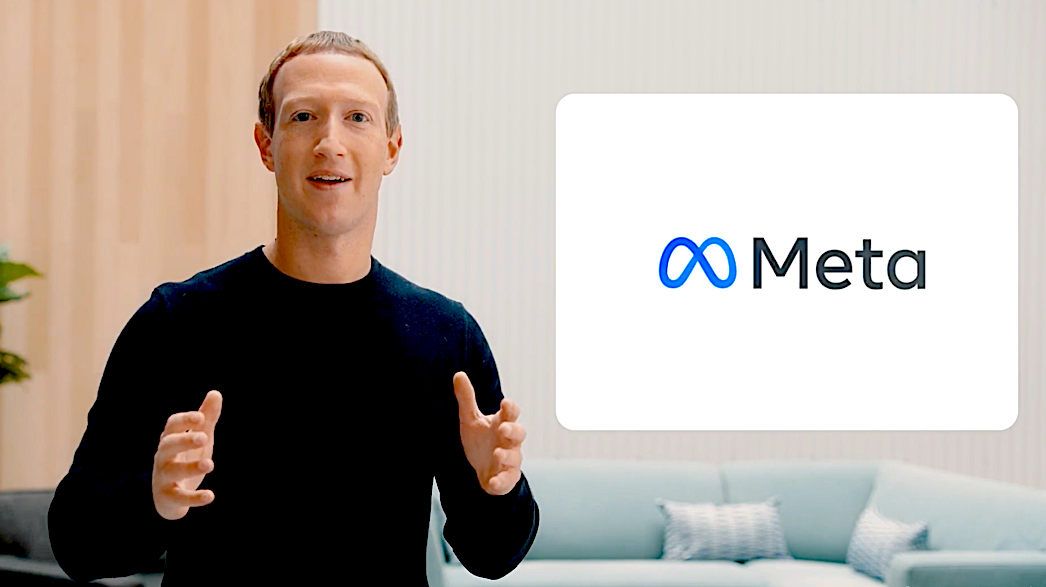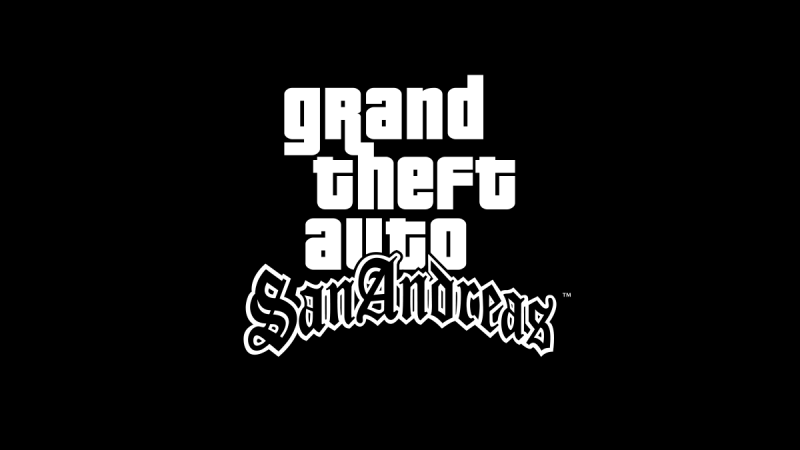 EMERGING TECH
EMERGING TECH
 EMERGING TECH
EMERGING TECH
 EMERGING TECH
EMERGING TECH
Facebook Inc. has officially rebranded itself to Meta, Chief Executive Mark Zuckerberg announced today during the company’s annual Connect conference.
In line with the new brand, the company is putting a lot more focus on virtual reality and augmented reality with its new attention toward the metaverse, a shared set of immersive virtual environments which interconnect.
“Right now, our brand is so tightly linked to one product that it can’t possibly represent everything that we’re doing today, let alone in the future,” Zuckerberg (pictured) said about the brand change. “Over time, I hope that we are seen as a metaverse company, and I want to anchor our work and identity on what we’re building toward.”
The metaverse is a prominent part of science fiction novels such as “Snow Crash” and “Ready Player One,” where people interact with one another in virtual worlds as avatars. For Meta, the metaverse will be a bridge between the physical and the virtual using AR and VR hardware to allow people to socialize and work even if they are far apart.
“The defining quality of the metaverse will be a feeling of presence — like you are right there with another person or in another place,” said Zuckerberg. “Feeling truly present with another person is the ultimate dream of social technology. That is why we are focused on building this.”
To begin that journey, Meta presented Horizon Home, which opens up a social environment for users where they can bring their friends together using the Oculus Quest 2 VR headset. It upgrades the Quest Home to make it into a social space.
It will be possible to customize the space so that friends can enjoy a personal touch in a user’s home environment. And since it’s a virtual space, Home could be anything from a high-rise apartment to a mountaintop, a fairy forest, an undersea grotto or an alien moon. Zuckerberg reckons all of these environments could be inspiring for watching a movie together with friends, playing poker or simply hanging out.
During the keynote, Zuckerberg put a lot of focus on how avatars would be a big part of that experience. Some people would want hyper-realistic avatars that looked extremely similar to their real-world selves and others might want a more cartoony, but still similar-to-life look seen in previous Horizons videos. And for those who don’t want to look anything like themselves, it’s possible to go with more fanciful forms such as robots, animals or potentially anything.
Following Meta’s naming convention, Horizon Home joins Horizon Worlds, currently in beta, and Horizon Workrooms.
For people who’d rather “go out” virtually instead of “staying in,” there will be Horizon Venues, which will enable people to enjoy live events from the comfort of home. Soon NBA games, concerts and other similar events can be brought into VR.

As of 2021, Beat Saber, a VR game that involves using a glowing sword to slash glowing “beats” as they fly past, surpassed $100 million in lifetime revenue on just the Quest platform.
During Connect, Meta announced that Rockstar Games classic “Grand Theft Auto: San Andreas” is in development for the Quest 2. This would mean fans of the GTA series would get an entirely new perspective on the city from both on foot and behind the wheel.
Developer WarpFrog will release “Blade & Sorcery: Nomad,” a game for the Quest platform that continues the development of melee combat for VR gaming since it launched its first game for the platform in 2019.

Quest for Business is a suite of features designed to make Quest more flexible for work environments so that it can be used for collaboration, training and working remotely more readily.
To start, it will permit users to log in with a Work Account instead of having to use their personal Facebook account – mostly because users probably don’t want to have to associate their personal social media for work.
The objective is also to provide businesses the ability to segment teams and set roles so that groups can better collaborate together in group environments in Horizon Workrooms using the Quest 2 headset.
Over the last year, the software has also been updated to make the Home environment better suited for work. For example, this includes the ability to bring a real keyboard and desk into VR to improve productivity.
It will also be possible to bring more 2D applications into VR as well with services such as Slack, Dropbox, Facebook, Instagram and many more. The company expects to add even more 2D applications to the Quest Store over time.
The platform is expected to begin with a limited beta this year, expand with more participants in 2022 and finally into a full launch and general availability in 2023.

Meta announced the Presence Platform, which is a set of machine perception and artificial intelligence capabilities designed to enhance mixed-reality interaction for developers.
Under its umbrella, developers can build more immersive experiences that blend virtual content with the user’s physical world. It does this with Passthrough, Spatial Anchors and Scene Understanding capabilities.
For example, as part of the Presence Platform, Meta added the Interaction software development kit, which adds high-quality hand interaction for apps. With the Interaction SDK, apps have a library of common gestures that can be recognized easily.
Using Spatial Anchors and Scene Understanding allows developers to add holographic objects that can “stick” to the physical environment and stay on surfaces, or be occluded by other objects. The technology is still a work in progress, but as it gets better, mixed reality will begin to seem even more real.

During the keynote, Zuckerberg revealed a brief sneak peek at a next-generation all-in-one VR headset currently known as Project Cambria.
According to Meta, it’s not going to be a Quest 2 replacement, or even a Quest 3, instead, it’s a high-end device with an advanced sensor platform for VR for improved social presence. It would also likely have a thinner, lighter profile using pancake optics (which suggests a compact design).
It would also be designed to work with the Presence Platform so that it could allow people to have real-seeming eye contact in virtual spaces and more realistic facial expressions.
And not least, the Oculus brand will exit early next year, so the headset will become the Meta Quest.
Support our mission to keep content open and free by engaging with theCUBE community. Join theCUBE’s Alumni Trust Network, where technology leaders connect, share intelligence and create opportunities.
Founded by tech visionaries John Furrier and Dave Vellante, SiliconANGLE Media has built a dynamic ecosystem of industry-leading digital media brands that reach 15+ million elite tech professionals. Our new proprietary theCUBE AI Video Cloud is breaking ground in audience interaction, leveraging theCUBEai.com neural network to help technology companies make data-driven decisions and stay at the forefront of industry conversations.